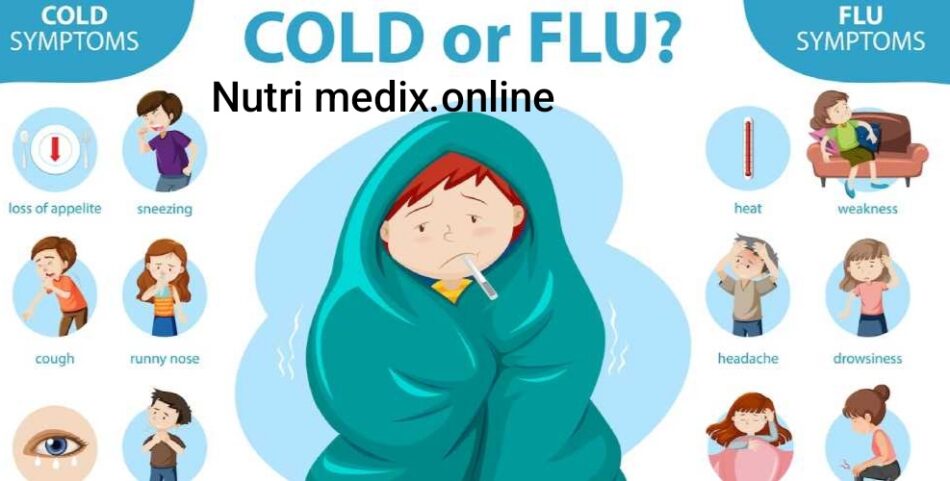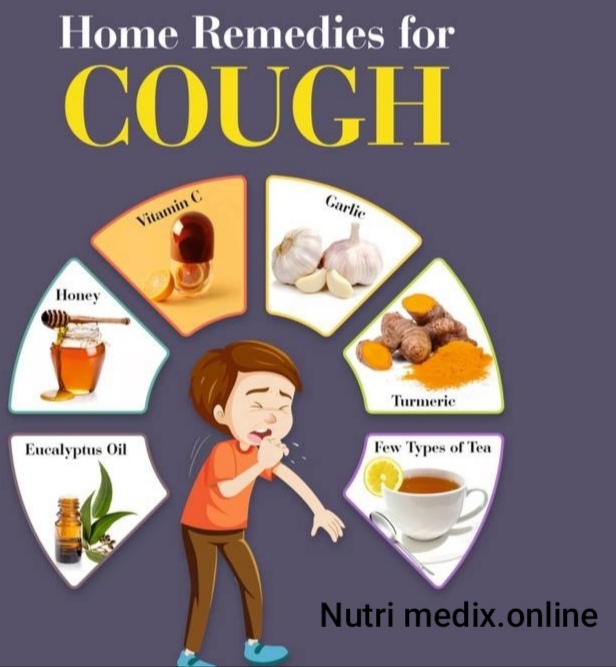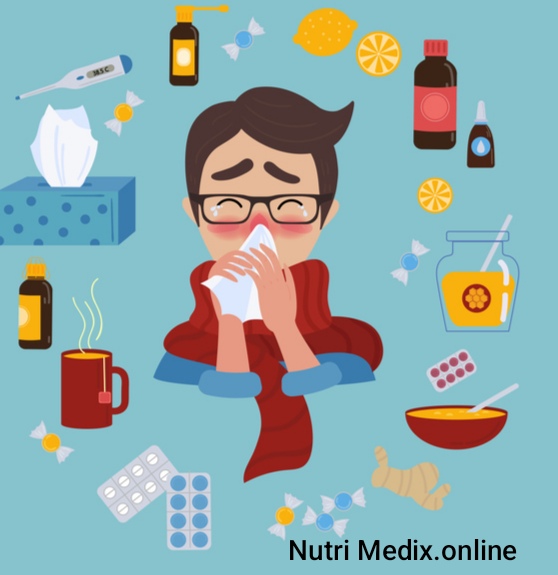Understanding Cold and Flu, Cold vs Flu, its symptoms, treatment, prevention, statistics.
What is Cetamol cold and Flu?
Cetamol Cold and Flu is a medication that relieves symptoms associated with colds and flu, such as fever, headaches, body aches, sore throat, nasal congestion, and cough. It typically contains ingredients like paracetamol (acetaminophen) for pain and fever relief, along with decongestants and antihistamines to address nasal congestion and other cold symptoms.
Cold vs. Flu :
- Common Cold: A mild illness affecting the upper respiratory tract, often caused by viruses like rhinoviruses. The cold is typically not serious, and most people recover within a week.
- Flu (Influenza): A more intense respiratory illness caused by the influenza virus. The flu can lead to more serious complications, especially for vulnerable individuals like children, the elderly, or those with weakened immune systems, and recovery can take up to two weeks.
Both are contagious and spread through respiratory droplets, with flu prevention supported by vaccines. Maintaining good hygiene, such as frequent handwashing, helps reduce the risk of both infections.
Similarities between Cold and Flu
The common cold and the flu are both respiratory illnesses, but different viruses cause them. While they share some symptoms, such as a runny or stuffy nose, sneezing, body aches, and fatigue, the flu tends to have more severe symptoms. Additionally, the flu can lead to complications like sinusitis, ear infections, pneumonia, and sepsis, while colds rarely cause such issues. Fever is also similar to cold and flu https://nutrimedix.online/fever-in-children-causes-symptoms-and-treatment/.
Flu vs. COVID-19 and Allergies
COVID-19 symptoms overlap with the flu, such as fever and body aches, but shortness of breath is more common with COVID-19. Sneezing is not typical of COVID-19. Allergies, on the other hand, typically present chronic symptoms like sneezing, coughing, and wheezing, but without fever or body aches.
Causes of Cold and Flu
- Colds are mostly caused by rhinoviruses, while the flu is caused by influenza viruses.
- Both spread through airborne droplets and by touching contaminated surfaces.
- Weak immune systems make people more vulnerable to catching cold and flu.
- Cold weather doesn’t directly cause illness but leads to more indoor gatherings, increasing the spread.
- Good hygiene and flu vaccines help prevent these viral infections.
Common Flu Symptoms
- Flu symptoms include a sudden high fever (usually between 100°F and 104°F),
- persistent dry cough,
- muscle aches (especially in the back,
- arms, and legs), headaches, and fatigue.
- a runny nose, congestion, sneezing, and a scratchy throat, developing gradually.
- headache, often appearing suddenly.
Flu Shot: Benefits and Side Effects
- The flu shot is the most effective way to prevent the flu.
- It’s especially important for high-risk groups, such as children, pregnant women, older adults, and people with chronic health conditions.
- The vaccine helps the body develop antibodies to protect against the flu strains predicted for that season.
- The flu shot is available as an injectable shot, high-dose shot for those over 65, and nasal spray.
- It’s recommended for everyone over six months of age.
- Side effects are usually mild, like soreness at the injection site, low-grade fever, or mild aches.
- Rarely, some people may have an allergic reaction to the vaccine.

How the Flu Spreads and Contagion Period
The flu spreads through droplets when an infected person sneezes, coughs, or talks. You can also catch the flu by touching surfaces contaminated with the virus and then touching your mouth, nose, or eyes. You’re contagious from a day before symptoms appear until about five to seven days after symptoms begin.
The flu’s incubation period is typically one to four days. Flu season generally runs from October to March, with cases peaking between December and February.
Treatment for Flu Symptoms
- Most flu cases can be managed at home with rest, fluids, and OTC medications like pain relievers (acetaminophen, ibuprofen) and decongestants.
- If symptoms worsen or you’re in a high-risk category, a doctor may prescribe antiviral medications.
- These are most effective when taken within 48 hours of the onset of symptoms.
- Natural remedies like warm tea, honey, or soup can help soothe a sore throat or cough.
- It’s important to rest and avoid public places until you’ve been fever-free for at least 24 hours without medication.
Who Should Get the Flu Shot?
Doctors recommend flu vaccination for everyone over six months old. This is especially important for high-risk individuals, such as young children, pregnant women, the elderly, and those with chronic medical conditions. Children under six months are too young for the vaccine, so it’s important that people around them are vaccinated to provide indirect protection.
Flu Prevention
- To prevent the flu,
- wash your hands regularly,
- disinfect high-touch surfaces,
- cover your coughs and sneezes, and get vaccinated.
- During flu season, avoid close contact with sick individuals, and if you’re sick, stay home to prevent spreading the virus to others.
- Antiviral medications can shorten the flu’s duration and reduce complications.
- Early diagnosis and treatment are particularly important for people at high risk of complications.

Statistics:
While the burden of flu can vary, each year flu places a substantial burden on the health of people in the United States each year. CDC estimates that flu has resulted in 9.3 million –41 million illnesses, 100,000 – 710,000 hospitalizations and 4,900 – 51,000 deaths annually between 2010 and 2023.
Conclusion
In conclusion, the flu is a serious illness that can be managed with preventive measures, including vaccination, and treated with antiviral drugs if necessary. Understanding the symptoms and acting quickly can help reduce the flu’s impact on your health.

